40 Years Ago, Commodore Changed The World With The Amiga
At a time when most personal computers were still pushing monochrome text and squeaky beeps, the Amiga arrived with a sophisticated, purpose-built architecture. Unlike the general-purpose designs of IBM-compatible PCs, the Amiga featured a custom chipset—comprised of the custom Agnus, Denise, and Paula chips—that offloaded graphics, sound, and memory operations from the central Motorola 68000 CPU. Critically, these components were part of the base design, integrated with the machine and included with every Amiga system.
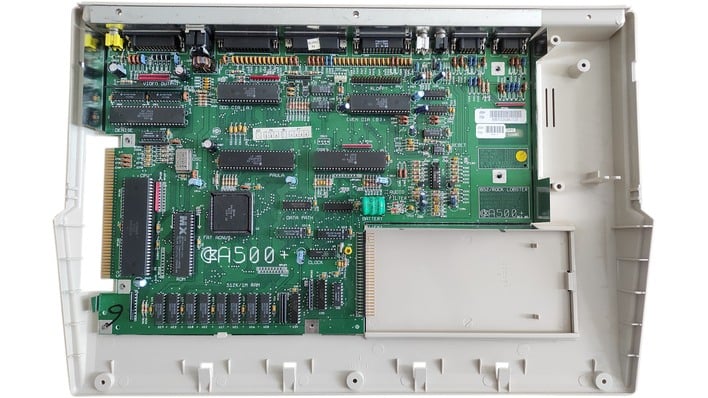
Image: Ajne01 / CC BY-SA 4.0
This allowed the Amiga to do things no other home computer could at the time, from multitasking graphical interfaces to fluid animation and four-channel stereo audio. It was the first mass-market computer that could handle video, audio, and input/output with true concurrency, laying the foundation for what we now take for granted in multimedia systems. Fun fact: HotHardware's own Marco Chiappetta sold a multitude of Amiga 500s while working at Software Etc. in Yonkers, NY in the early '90s. Ask him about the A500 and prepare for a TED talk.
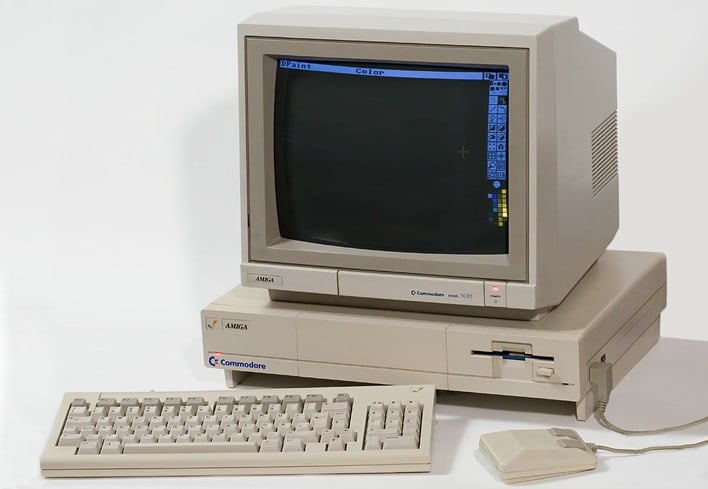
The Amiga's impact was both immediate and far-reaching. In gaming, the Amiga set a new bar for visual fidelity and sound design, enabling developers to craft experiences far beyond the capabilities of the 8-bit consoles and DOS PCs of the day. In creative fields like video production, animation, and music, it became the platform of choice for pioneers and hobbyists alike. The nascent demoscene found fertile ground and flourished on the Amiga. New genres found their footing. The idea that a personal computer could be a studio, an arcade, and a publishing house all at once was radical, but the Amiga proved it was possible.
Of course, that brilliance came with caveats. As Intel's x86 CPUs grew exponentially in performance, PCs were able to brute-force their way into dominance even in multimedia tasks while the Amiga remained dependent on specialized accelerators and niche hardware expansions to keep up.
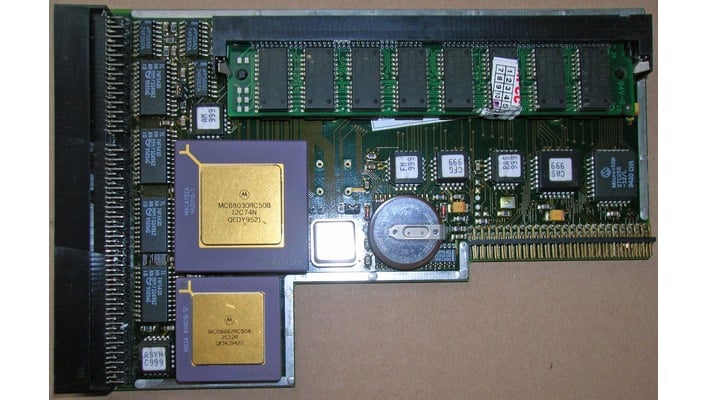
By the time software like Ultima Underworld and Wolfenstein 3D began to redefine PC gaming, the Amiga couldn't keep pace—not because it lacked ingenuity, but because it was starved of momentum. Commodore's management of the Amiga platform is, to this day, the subject of deep frustration and what-ifs. Hardware updates came slowly, often missing key technology trends or being hampered by internal politics and a lack of vision.
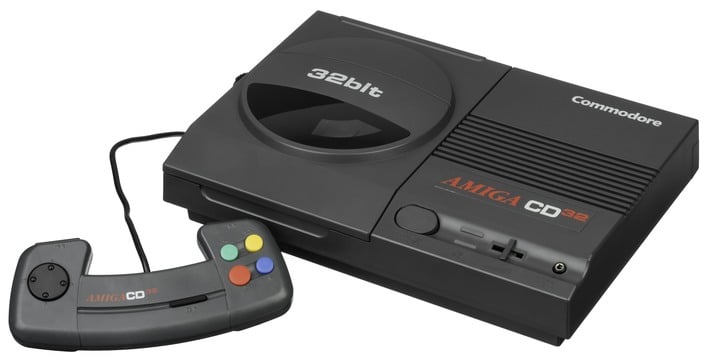
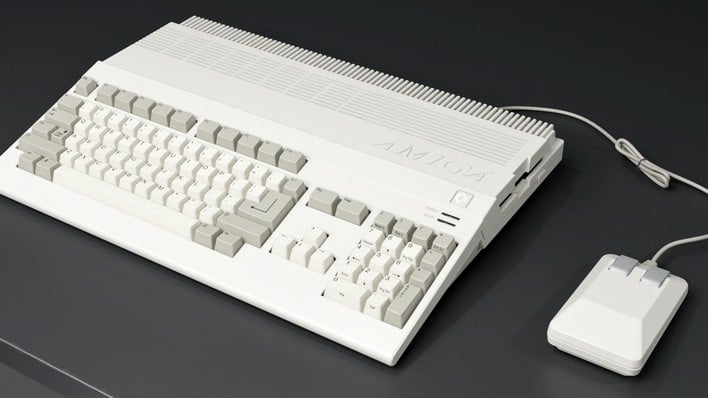
The Amiga 500, the most accessible Amiga system, and thus the most popular. Image: dark_igorek / CC BY 4.0
Forty years on, the Amiga is more than a dusty piece of computing history. It's a symbol of what happens when truly visionary engineering collides with commercial mismanagement, and how a brilliant idea can outlive its creators. The Amiga didn't win the market war, but it won hearts, and in the world of computing, that kind of legacy is the only real kind of immortality.
With that said, a community of enthusiasts and wizened Commodore veterans recently unveiled an attempt to purchase the brand and potentially restart production. If you're interested, check out our earlier reporting on the topic. Also, let us know about your personal Amiga story in the comments below.
Top image: A complete Amiga 500 system. Bill Bertram / CC-BY-2.5
Thumbnail image: the A-500 badge on a black-cased system. Werner Ziegelwanger

